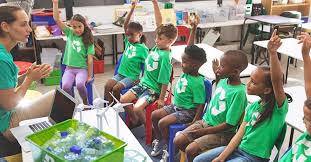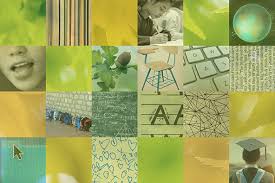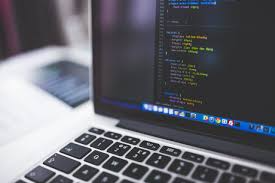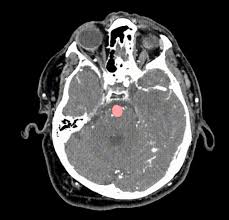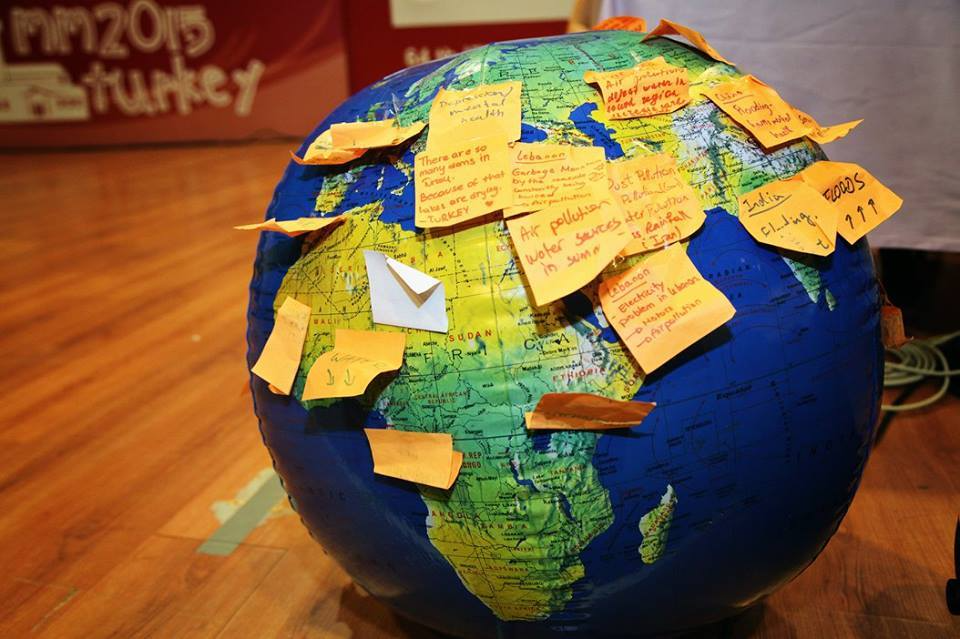
India Launches National Coding Curriculum in Schools A Digital Leap Forward in Education
In a defining moment for education reform, the Government of India has officially launched a National Coding Curriculum in schools, marking a transformative step in the country’s journey toward a digitally empowered learning ecosystem. Aimed at bridging the digital divide and nurturing computational thinking from a young age, the new initiative introduces structured programming and technology concepts to students starting from Grade 6. By embedding coding into the national syllabus, India is preparing its youth not just for future jobs, but for an increasingly automated and tech driven world.
The rollout of this curriculum is a part of the National Education Policy 2020's broader digital vision, which emphasized the importance of 21st century skills such as critical thinking, problem solving, and technical literacy. The new coding syllabus will be implemented across both private and government schools in phases, starting with over 20,000 CBSE affiliated institutions and later expanding to state boards. Students will initially be introduced to block based programming languages like Scratch, progressing to Python, HTML, and JavaScript by higher grades. Rather than limiting the curriculum to computer classes, schools are encouraged to integrate coding logic into math, science, and even social science through project based learning.
The curriculum emphasizes hands on, experiential learning. Students will create interactive stories, animations, simple games, and even real world problem solving applications as part of their coursework. These projects are designed to cultivate algorithmic thinking and creativity simultaneously. For instance, a Grade 7 student might use basic code to build a weather simulation tool, while a Grade 10 student could develop a mobile app for water conservation awareness. With this practical approach, the government seeks to move away from rote learning models and foster an education culture where students become inventors and innovators.
One of the most promising aspects of this initiative is its inclusivity. Recognizing India’s vast socio economic and geographic diversity, the Ministry of Education has committed to ensuring that coding education reaches underprivileged students as well. Special provisions are being made for rural and government schools through the distribution of preloaded tablets, free offline learning modules, and training workshops. Partnerships with ed tech companies are being developed to provide open source tools and multilingual learning platforms. The aim is to ensure that a child in a remote tribal village in Jharkhand gets the same digital exposure as one in an urban Delhi school.
Teacher training is another cornerstone of the curriculum’s success. Over 1.5 lakh teachers are expected to undergo upskilling programs over the next two years. These include certification courses in basic programming languages, use of coding platforms, digital pedagogy, and curriculum planning. National institutes such as NCERT and DIETs (District Institutes of Education and Training) are already rolling out intensive online and offline training modules. Master trainers will be deployed at the district level to offer continuous support, classroom demos, and feedback loops. The government is also introducing incentive schemes for teachers who demonstrate innovation in digital education.
However, the implementation is not without its challenges. One of the biggest concerns is infrastructure. While urban schools are generally well equipped with computer labs and internet access, many rural schools still struggle with outdated hardware, poor connectivity, and electricity issues. To mitigate this, the government has launched a parallel initiative under the Digital India Mission, committing to upgrade at least 10,000 rural school labs and establish digital learning zones in 200 districts by the end of 2026. Solar powered digital classrooms are being piloted in Rajasthan and Assam, and early reports suggest promising scalability.
Assessment and certification within the coding curriculum will follow a flexible, skills based model. Rather than traditional exams, students will be evaluated through continuous performance in projects, problem solving activities, teamwork, and code debugging tasks. Schools will also host “Code Fests” where students showcase their creations, judged by panels including local entrepreneurs, IT professionals, and community leaders. This community based recognition model is designed to build student confidence and create a sense of ownership and pride in learning outcomes.
The broader implications of this move are deeply strategic. India currently has the world’s largest population of young people, and with global demand for digital skills soaring, this coding curriculum places India in a unique position. Not only does it prepare the domestic workforce for future industries like AI, robotics, and cybersecurity, but it also enhances India’s profile as a global tech talent hub. Educational experts believe that this early intervention in digital education could eventually reduce dependence on reskilling later in life, closing the skills gap more efficiently.
Moreover, there is a psychological and social shift underway. Coding, once perceived as a niche or elite skill, is now being democratized. Students from low income families can now aspire to become developers, digital entrepreneurs, or software engineers, not just consumers of technology. Parents, too, are showing enthusiasm, as more rural households invest in basic smartphones and internet connectivity to support their children’s new digital interests. The hope is that this cultural shift will lead to long term transformations not only in careers but in problem solving approaches at community levels.
In conclusion, India’s National Coding Curriculum is more than a syllabus update it's a foundational change in the country’s educational philosophy. It represents a conscious pivot from passive consumption of knowledge to active creation and innovation. If executed effectively, it could reshape how future generations think, work, and contribute to both the national economy and the global knowledge economy. With the right infrastructure, inclusive policies, and sustained investment in teacher development, India is poised to script a new chapter in global digital education one code block at a time.
Related Post
Popular News
Subscribe To Our Newsletter
No spam, notifications only about new products, updates.


